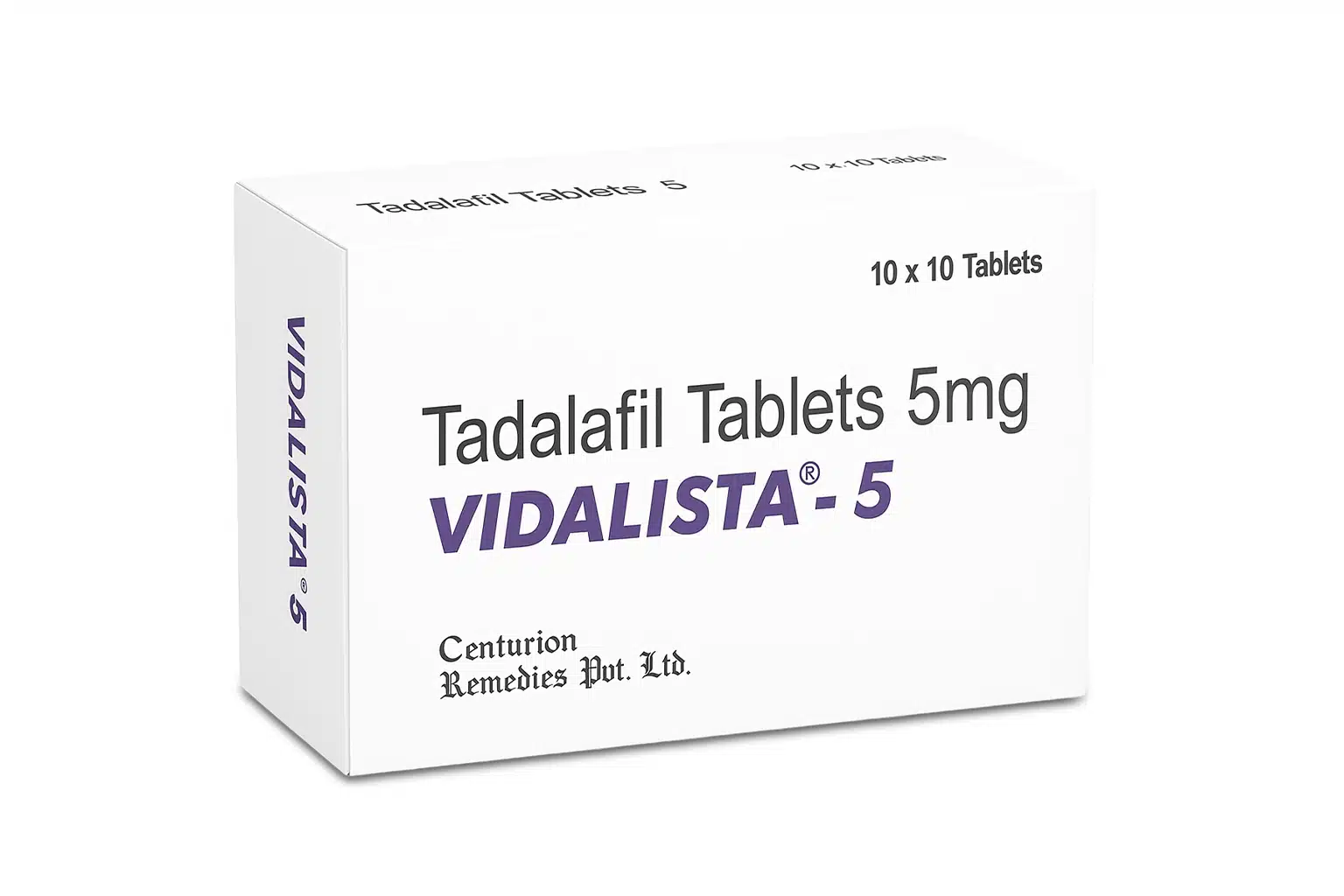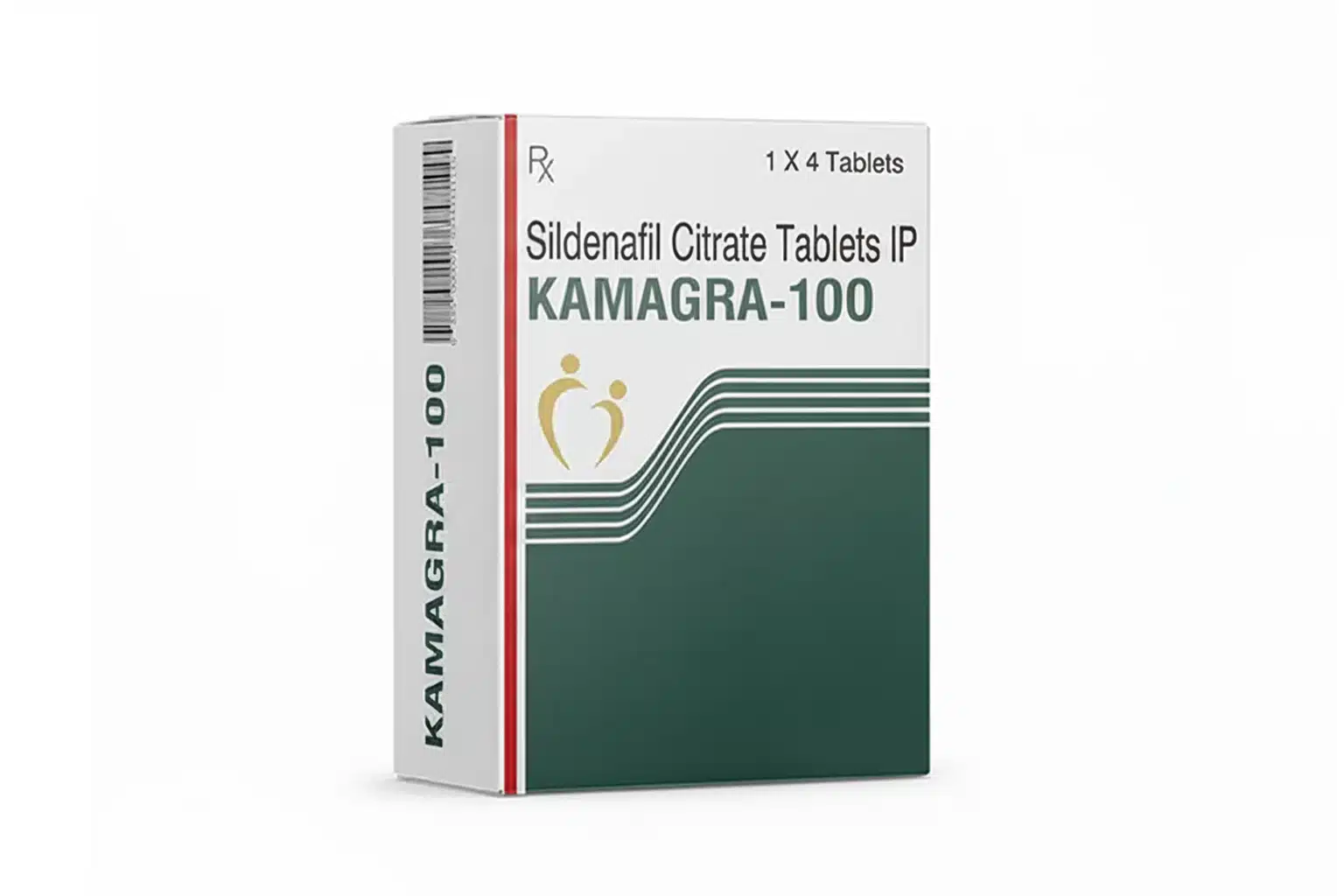Compound exercises (squats, deadlifts, bench presses, rows, and similar multi-joint lifts) get a lot of hype as “testosterone builders.” The good news: there is a physiological reason people say this, compound, heavy, whole-body resistance work produces a bigger short-term testosterone surge than isolation moves. The not-so-sexy reality: those acute spikes are generally short-lived and, for most healthy, eugonadal men, long-term resting testosterone doesn’t reliably jump just because you lifted for a few months. Still, compound training brings lots of other benefits, stronger muscles, better body composition, improved circulation and metabolic health, which support male sexual health and can reduce the risk of erectile dysfunction
Quick summary
- Compound resistance exercises produce larger acute increases in circulating testosterone immediately after a workout compared with isolated, light exercises.
- Those acute rises are usually transient (minutes to a few hours) and do not necessarily translate into sustained higher resting testosterone for most healthy men. Meta-analyses show little to no long-term change in baseline testosterone from exercise alone in eugonadal men.
- Resistance training (especially heavy, large-muscle-group work) plus good sleep, nutrition, and weight management is the best natural strategy to support testosterone and overall sexual health.
- Exercise, including resistance training and aerobic work, helps prevent and improve erectile dysfunction largely via cardiovascular, metabolic, and psychological pathways; any testosterone benefits are likely only one part of the story.
What actually happens to testosterone during and after compound lifts?
When you perform big, multi-joint lifts that recruit large muscle groups (for example, back squats, deadlifts, and barbell rows), your body responds with an endocrine cascade: growth hormone, testosterone, and other anabolic hormones rise. Why?
- More muscle mass recruited = bigger systemic stress: Large muscles (quads, glutes, hamstrings, back) create a bigger metabolic and mechanical demand, which signals the endocrine system more strongly than tiny-muscle isolation moves.
- Intensity and volume matter: Heavy loads (≥75% of 1RM) and moderate-to-high total volume (multiple sets per exercise) produce larger acute hormonal responses than light, low-volume workouts.
- Free-weight, compound work beats machines for hormonal response: Some studies show free-weight compound lifts provoke larger testosterone and growth hormone boosts than machine-based or single-joint work.
However, there are two critical qualifiers: the post-exercise testosterone spike tends to last a short while (minutes to a couple of hours), and, for men with normal baseline hormones, repeated workouts don’t guarantee a higher resting baseline. In simpler terms: your blood T may look higher right after a heavy squat set — but you won’t necessarily wake up weeks later with permanently higher morning T because you did squats.
Acute vs chronic: why the difference matters
- increases in total and free testosterone. This acute rise supports muscle protein synthesis and recovery. Younger men typically show a larger acute response than older men.
- Chronic (resting) levels: Systematic reviews and meta-analyses show that regular exercise training, on average, has a negligible effect on resting testosterone in insufficiently active, eugonadal men. That is, exercise is excellent for dozens of health outcomes, but simply lifting more won’t reliably boost baseline T in men who already have normal levels. Exceptions exist, especially when exercise is part of a program that reduces excess body fat, improves sleep, and reduces chronic inflammation; those lifestyle changes can raise testosterone indirectly.
Bottom line: compound exercises give you a useful short-term hormonal signal and essential functional benefits, but expect most long-term testosterone gains to come from cumulative lifestyle improvements, not just the acute spikes after sets.
Best exercises to boost testosterone naturally
If your goal is to use exercise as one tool to support healthy testosterone, prioritize:
- Barbell back squat (and heavy squat variations) — full-body demand, large muscle recruitment.
- Deadlift (conventional or trap bar) — posterior chain powerhouse, huge metabolic load.
- Barbell bench press (or heavy pressing) — upper-body compound that contributes to total session volume.
- Pullups / bent-over rows — large upper-back muscles recruited; useful for balanced program.
- Lunges / Bulgarian split squats — unilateral heavy leg work complements bilateral lifts.
- Olympic lift variations or power cleans (if trained safely) — high-intensity, high-power movements that spike hormones and nervous system drive.
- High-intensity interval training (HIIT) or sprints — short, maximal efforts can acutely raise testosterone and improve insulin sensitivity when combined with resistance work.
Why these? They recruit multiple large muscle groups, allow heavy loading, and enable both greater volume and metabolic stress, the conditions most associated with larger acute testosterone responses.
-
Cenforce 100 Mg
Best Seller$24.00 – $215.00Price range: $24.00 through $215.00Rated 5.00 out of 5Shop Now This product has multiple variants. The options may be chosen on the product page -
Vidalista 5 Mg
Best Seller$18.00 – $182.00Price range: $18.00 through $182.00Rated 4.00 out of 5Shop Now This product has multiple variants. The options may be chosen on the product page -
Vidalista 40 Mg
Best Seller$28.00 – $276.00Price range: $28.00 through $276.00Rated 4.00 out of 5Shop Now This product has multiple variants. The options may be chosen on the product page -
Cenforce 200 Mg
best sellers$31.00 – $335.00Price range: $31.00 through $335.00Rated 4.00 out of 5Shop Now This product has multiple variants. The options may be chosen on the product page -
Cenforce Fm
Best Seller$33.00 – $218.00Price range: $33.00 through $218.00Rated 4.00 out of 5Shop Now This product has multiple variants. The options may be chosen on the product page -
Kamagra 100 mg
best sellers$24.00 – $125.00Price range: $24.00 through $125.00Rated 5.00 out of 5Shop Now This product has multiple variants. The options may be chosen on the product page -
Fildena 100 mg
best sellers$24.00 – $244.00Price range: $24.00 through $244.00Rated 4.00 out of 5Shop Now This product has multiple variants. The options may be chosen on the product page -
Malegra Oral Jelly 100 Mg
Best Seller$8.00 – $44.00Price range: $8.00 through $44.00Rated 5.00 out of 5Shop Now This product has multiple variants. The options may be chosen on the product page -
Super Kamagra Oral Jelly
Best Seller$25.00 – $120.00Price range: $25.00 through $120.00Rated 4.00 out of 5Shop Now This product has multiple variants. The options may be chosen on the product page -
Tadarise Oral Jelly
Best Seller$19.00 – $72.00Price range: $19.00 through $72.00Rated 4.00 out of 5Shop Now This product has multiple variants. The options may be chosen on the product page -
Careforce 200 Mg
Best Seller$29.00 – $332.00Price range: $29.00 through $332.00Rated 5.00 out of 5Shop Now This product has multiple variants. The options may be chosen on the product page -
Stallegra 100 Mg
best sellers$88.00 – $224.00Price range: $88.00 through $224.00Rated 5.00 out of 5Shop Now This product has multiple variants. The options may be chosen on the product page -
Exclusive
Aurogra 100 Mg
best sellers$29.00 – $76.00Price range: $29.00 through $76.00Rated 4.00 out of 5Shop Now This product has multiple variants. The options may be chosen on the product page -
Priligy 30mg
best sellers$22.00 – $156.00Price range: $22.00 through $156.00Rated 4.00 out of 5Shop Now This product has multiple variants. The options may be chosen on the product page
Example workout template
This is a 3-day per week strength template you can use. Warm up thoroughly, prioritize form, and progress load slowly.
Day A (Lower focus / Strength):
- Barbell back squat — 4 sets × 5 reps (heavy, 75–85% 1RM)
- Romanian deadlift — 3 × 6–8
- Walking lunges — 3 × 10 steps each leg
- Core / Farmer carries 4 × 30–45 sec
Day B (Upper focus):
- Bench press — 4 × 5
- Pull-ups (weighted if possible) — 4 × 6–8
- Barbell rows — 3 × 6–8
- Overhead press — 3 × 6–8
Day C (Full-body / Power + conditioning):
- Trap-bar deadlift or power clean — 4 × 3–5
- Bulgarian split squat — 3 × 8 each leg
- Sprints or circuit HIIT — 6 × 20–30 sec all-out with full recovery
- Mobility / cool down
This template emphasizes compound lifts and includes HIIT; it’s the type of program shown in research to give a strong acute hormonal response while improving strength, body composition, and cardiovascular health. Adjust volumes and intensity by fitness level.
Recovery, sleep, and nutrition
If you want the best natural effect on testosterone, compound training is a core piece, but it’s far from the only one:
- Sleep: Chronic short sleep lowers testosterone. Aim for 7–9 hours of quality sleep. Morning T correlates strongly with sleep duration and quality.
- Body composition: Excess adiposity (especially visceral fat) reduces testosterone. Resistance training plus diet-driven fat loss often raises T indirectly.
- Protein & calories: Adequate protein supports muscle adaptation; overly severe calorie deficits can suppress T. Eat enough to support your training.
- Manage stress & cortisol: Chronic stress increases cortisol, which can blunt the anabolic hormonal environment. Practices that reduce daily stress (mindfulness, active recovery, pacing) help.
Avoid excessive endurance volume: Long, high-volume endurance training without strength work can lower testosterone in some athletes; balance matters.
Does compound exercise have any relation to ED?
Short answer: yes, exercise reduces ED risk and can improve erectile function, but not primarily because it raises testosterone.
Mechanisms by which exercise (including compound resistance training) helps erectile function:
- Cardiovascular health: Erection is a vascular event. Exercise improves endothelial function, blood pressure, lipid profile, and insulin sensitivity — all crucial for penile blood flow. Multiple systematic reviews show that exercise programs reduce ED symptoms and lower ED risk.
- Body composition & metabolic health: Losing visceral fat and improving insulin sensitivity reduces ED risk; resistance training assists here.
- Pelvic floor and muscular strength: Stronger core and pelvic muscles can assist erectile mechanics; targeted pelvic floor exercises (Kegels) are commonly recommended alongside general fitness.
- Psychological benefits: Exercise reduces anxiety and depressive symptoms, improves self-image and libido, all factors that influence sexual performance.
- Hormonal environment: If exercise helps reduce obesity or improve sleep, it can indirectly raise testosterone and thus support libido; but that’s usually an indirect route rather than a direct effect of doing squats that immediately cures ED.
So: compound lifts and a balanced exercise program are a very sensible, science-backed component of ED prevention and management, but they’re not a magic single-factor cure. If ED is present, a medical assessment is important because ED can indicate cardiovascular disease or other treatable conditions.
Common myths
- Myth: Doing squats every day will skyrocket your testosterone.
Reality: Acute spikes happen after heavy sessions, but daily heavy squatting without recovery will harm performance and can suppress hormones over time via overtraining. - Myth: If your T is low, lifting heavy will fix it.
Reality: In men with clinically low testosterone due to medical causes (hypogonadism), exercise alone is often insufficient; medical evaluation and targeted treatment may be required. Exercise helps, but underlying endocrine causes should be ruled out.
Myth: Only testosterone matters for erections.
Reality: ED is a multi-factorial vascular health, neural function, psychological state, and hormones all interact.
Practical tips to maximize hormonal
- Prioritize progressive overload (increase weight, reps, or sets gradually).
- Train big muscle groups 2–3× per week with adequate recovery.
- Include at least one heavy lower-body session weekly (squats or deadlifts).
- Add short HIIT sessions 1–2× week for metabolic benefits.
- Sleep 7–9 hours and fix any sleep apnea — untreated sleep disorders lower T and worsen ED.
- Target weight loss if overweight — losing visceral fat has one of the biggest effects on raising testosterone indirectly.
- Avoid chronic overtraining — performance dips, low mood and lowered libido are signs you need to back off.
See a clinician if you suspect true low T or persistent ED — a professional workup rules out pathology and guides treatment.
Final verdict
Do compound exercises increase testosterone? Yes, acutely. They elicit bigger short-term testosterone responses than small isolation work, thanks to the large muscle mass involved and higher intensity. Do they reliably raise long-term resting testosterone for men who already have normal T? Usually not by themselves.
But that technical distinction doesn’t reduce their practical value: compound training is one of the best, evidence-backed tools you can use to build muscle, improve body composition, enhance metabolic and cardiovascular health — and those downstream benefits do support healthy testosterone and reduce the risk of ED. In short: use compound lifts as part of a balanced program that includes sleep, nutrition, stress management and medical follow-up when needed.
FAQs
Q1:Do compound exercises increase testosterone enough to improve libido?
A: Compound lifts create an acute testosterone surge that supports recovery; combined with fat loss, better sleep and stress reduction, they can improve libido. But compound training by itself rarely produces a sustained, clinically meaningful rise in baseline testosterone in otherwise healthy men.
Q2:Which is better for testosterone, heavy resistance or cardio?
A: Heavy resistance training (compound lifts) and HIIT tend to create larger acute spikes than steady-state aerobic training. However, moderate cardio is terrific for vascular health and ED prevention. A mixed program gives the best overall results.
Q3:Can exercise replace testosterone replacement therapy (TRT)?
A: No, if a man has clinically diagnosed hypogonadism, exercise is supportive but may not replace TRT. Decisions about TRT should be made with an endocrinologist or urologist. Exercise remains a key complementary therapy.
Q4:How quickly will I notice sexual health improvements after starting compound training?
A: Some men notice improved confidence, stamina and erectile function within weeks (often due to improved circulation and mood). Objective hormonal changes tied to body composition and sleep may take months. If ED persists, seek medical advice.
References
- Potter, N. J., et al. Effects of Exercise Training on Resting Testosterone Concentrations in Insufficiently Active Men: A Systematic Review and Meta-Analysis (2021). Conclusion: Exercise training had a negligible effect on resting total testosterone in eugonadal men. PubMed
- Riachy, R., et al. Various Factors May Modulate the Effect of Exercise on Hormones (2020). Notes that free-weight compound exercises induce greater plasma testosterone increases than machine exercises. PMC
- Jansson, D., et al. Effects of Resistance and Endurance Training Alone or Combined on Hormonal Responses (2022). Resistance training elicits higher increases in testosterone than endurance training in many studies. SpringerOpen
- Gerbild, H., et al. Physical Activity to Improve Erectile Function: A Systematic Review (2018, PMC). Exercise programs (including resistance training) can improve erectile function via vascular and metabolic pathways. PMC
- NM.org (Northwestern Medicine) — overview: Can Physical Activity Affect Testosterone? — describes the typical short-term rise after exercise and factors that influence it (age, fitness, exercise type). Northwestern Medicine
- Shahid, W., et al. Effects of integrated exercise approach on total testosterone (Scientific Reports, 2025) — recent work indicating chronic resistance training may contribute to long-term hormone adaptations when combined with other lifestyle changes. Nature
Verywell Health / Health.com review articles on exercise and erectile function and pelvic floor training — practical resources summarizing exercise approaches for ED. Verywell Health















